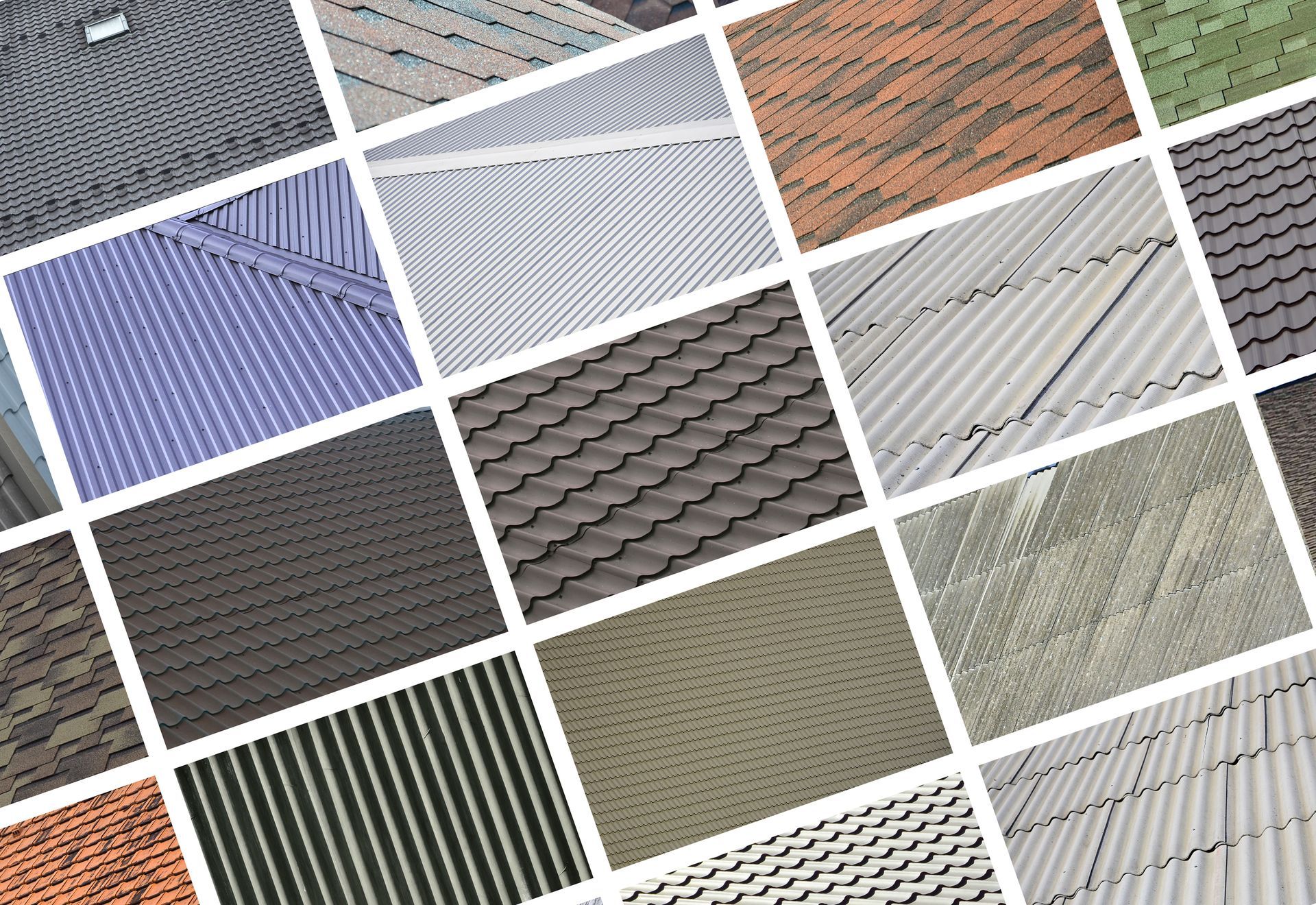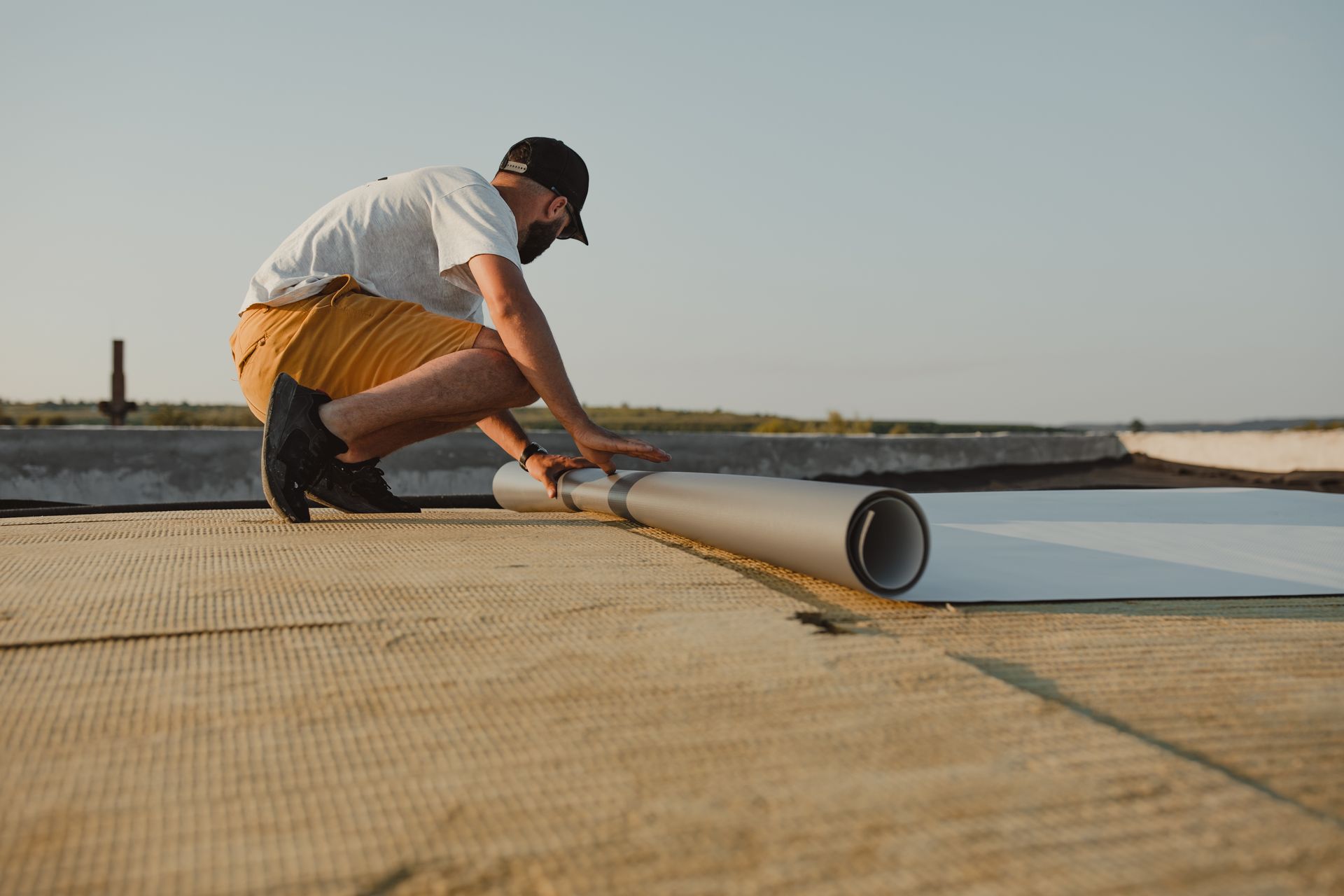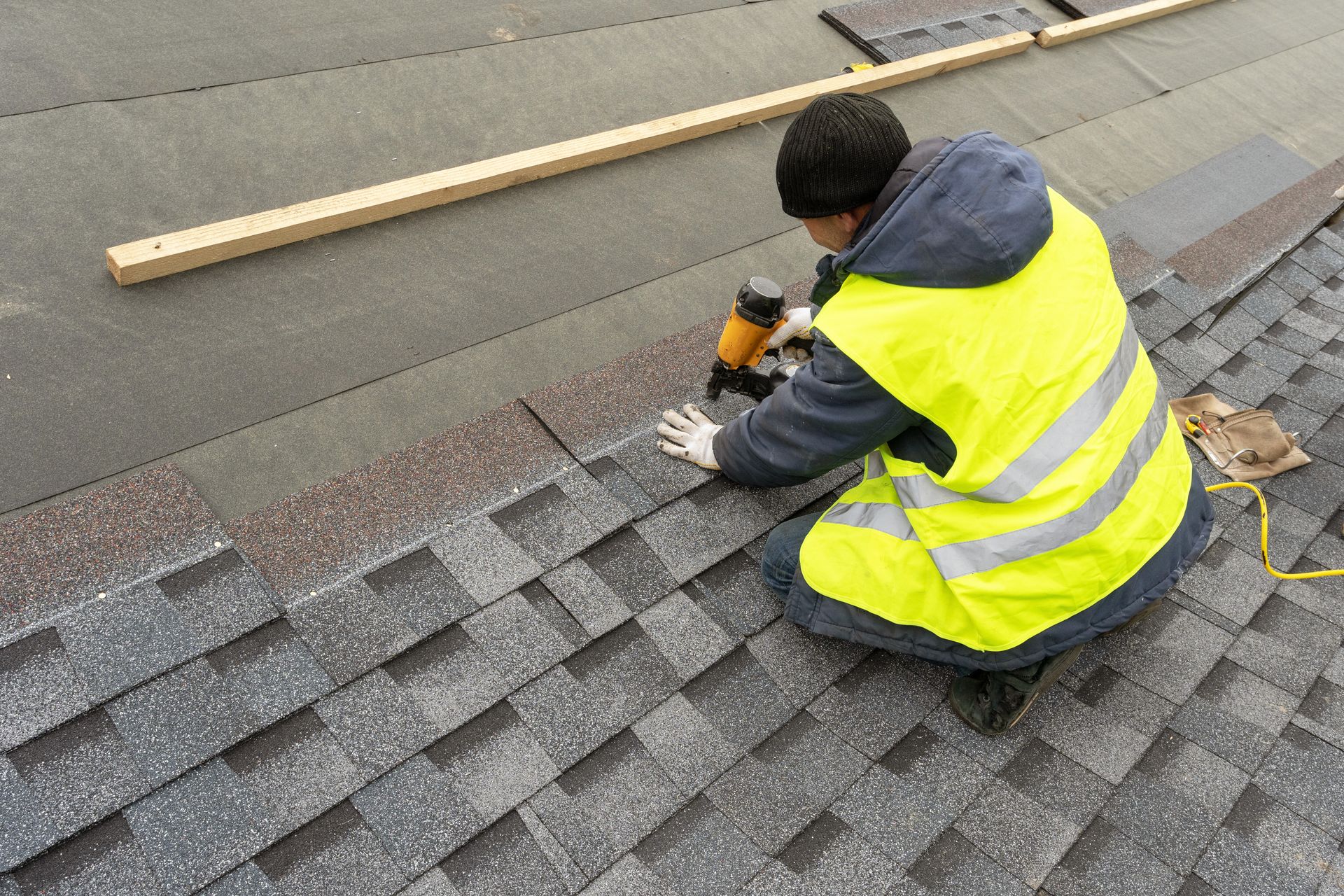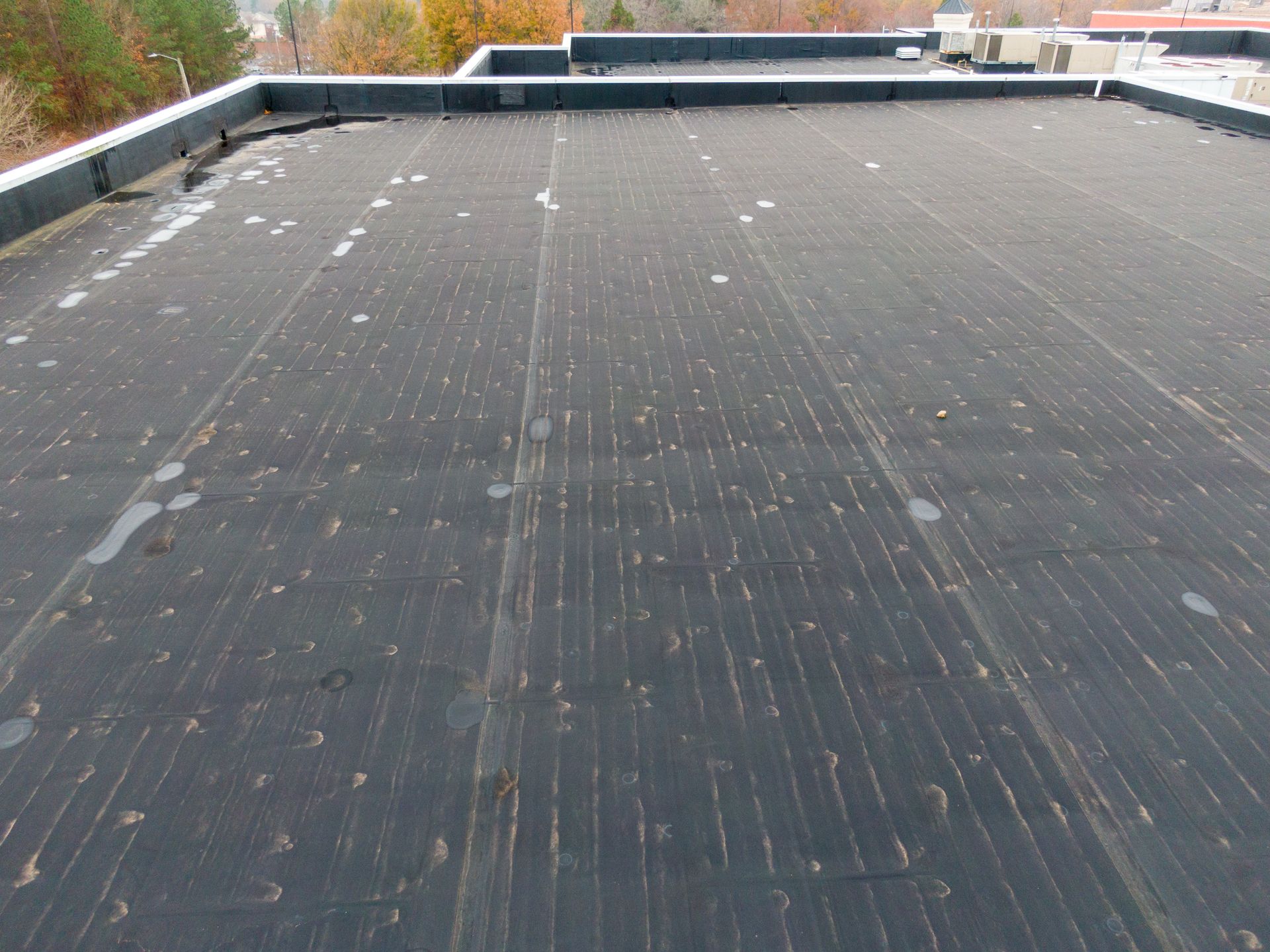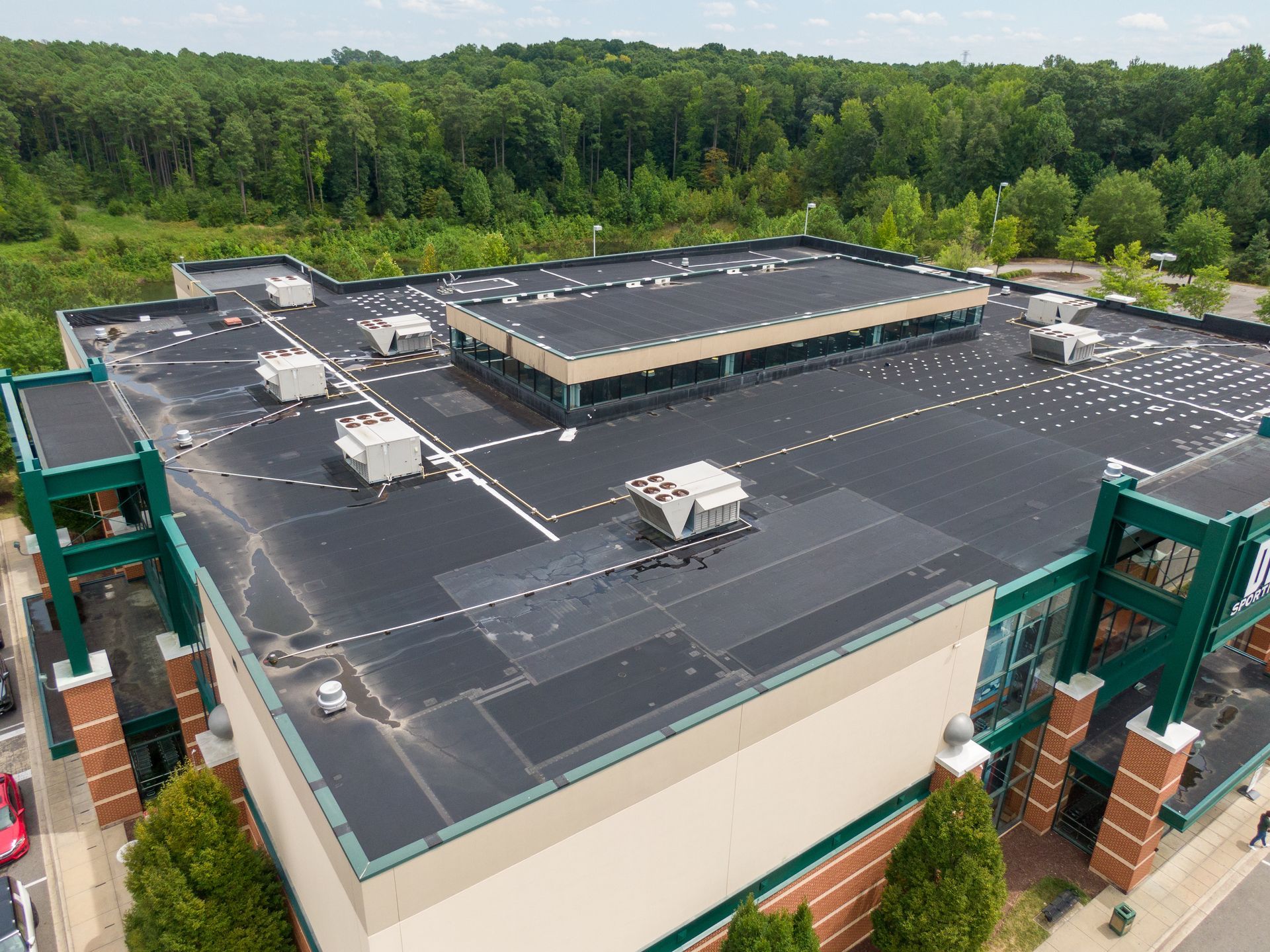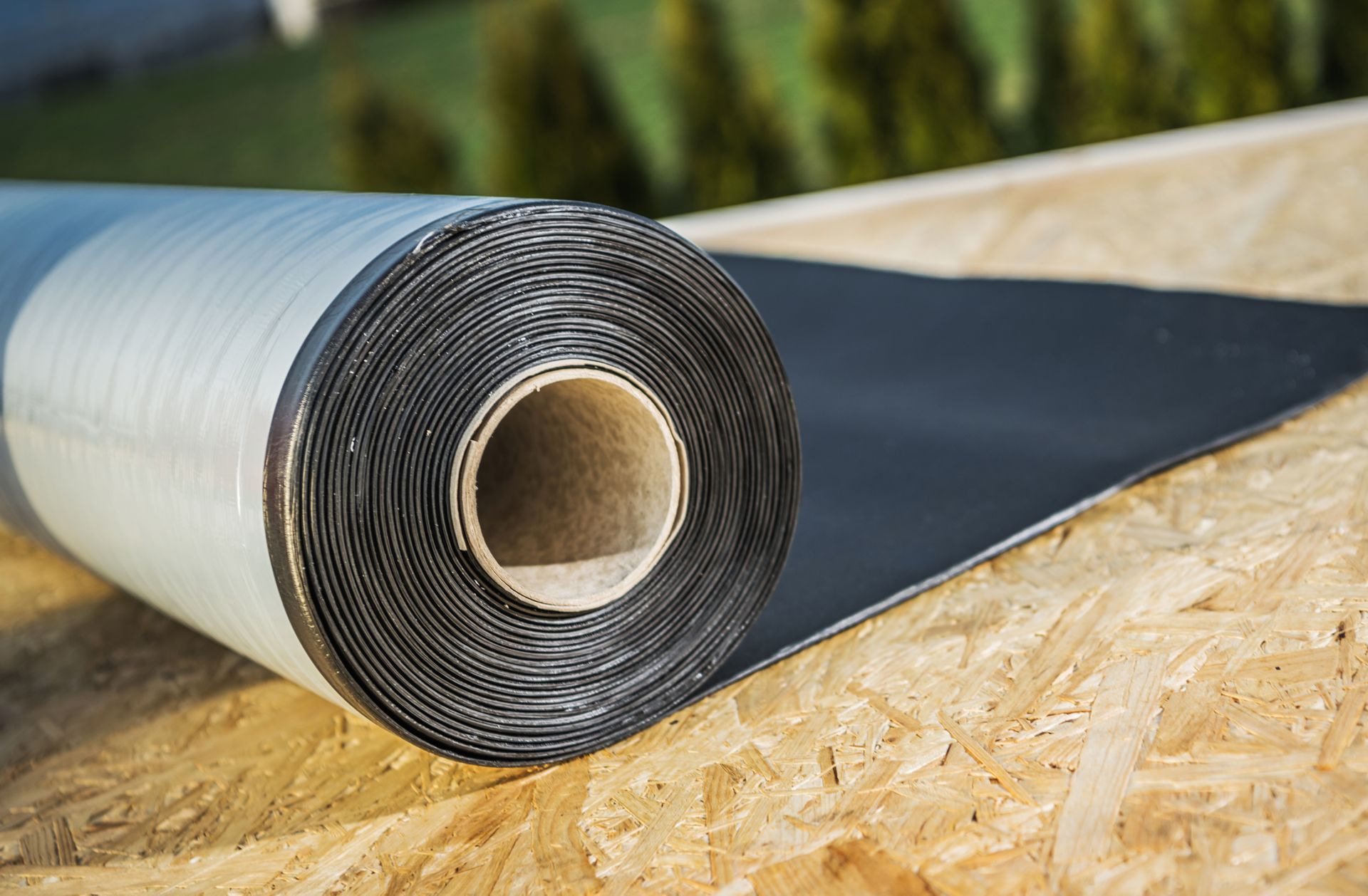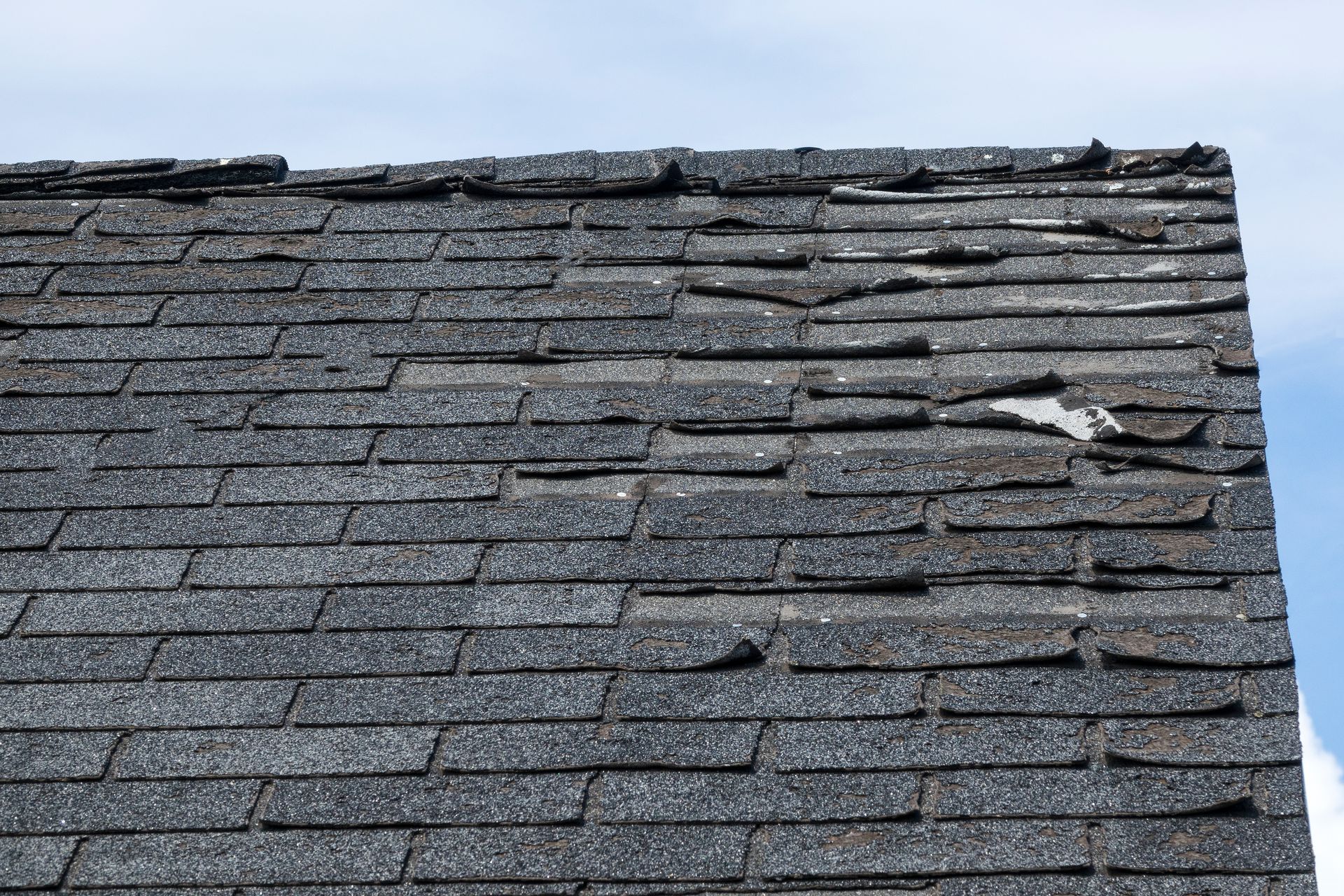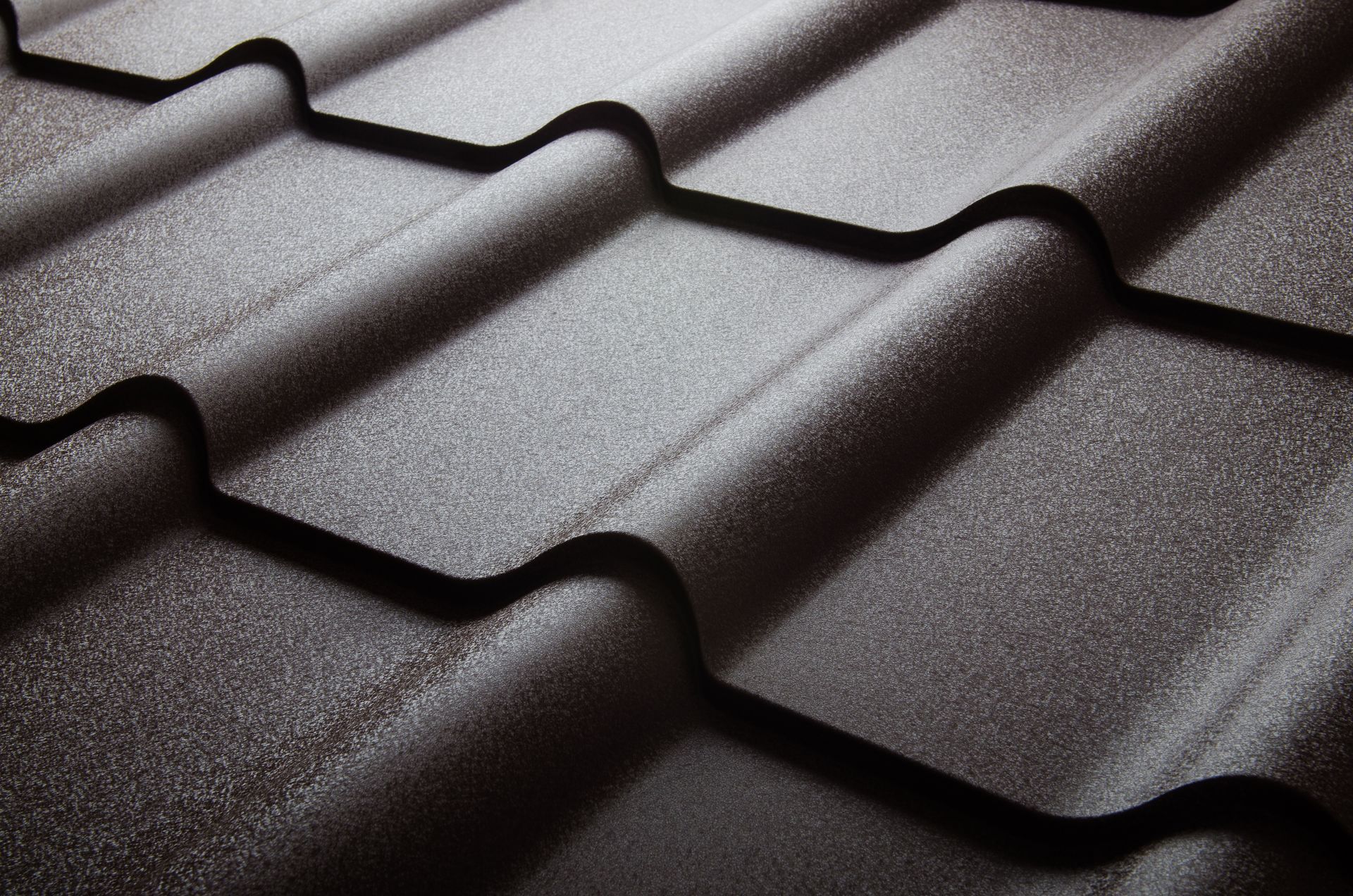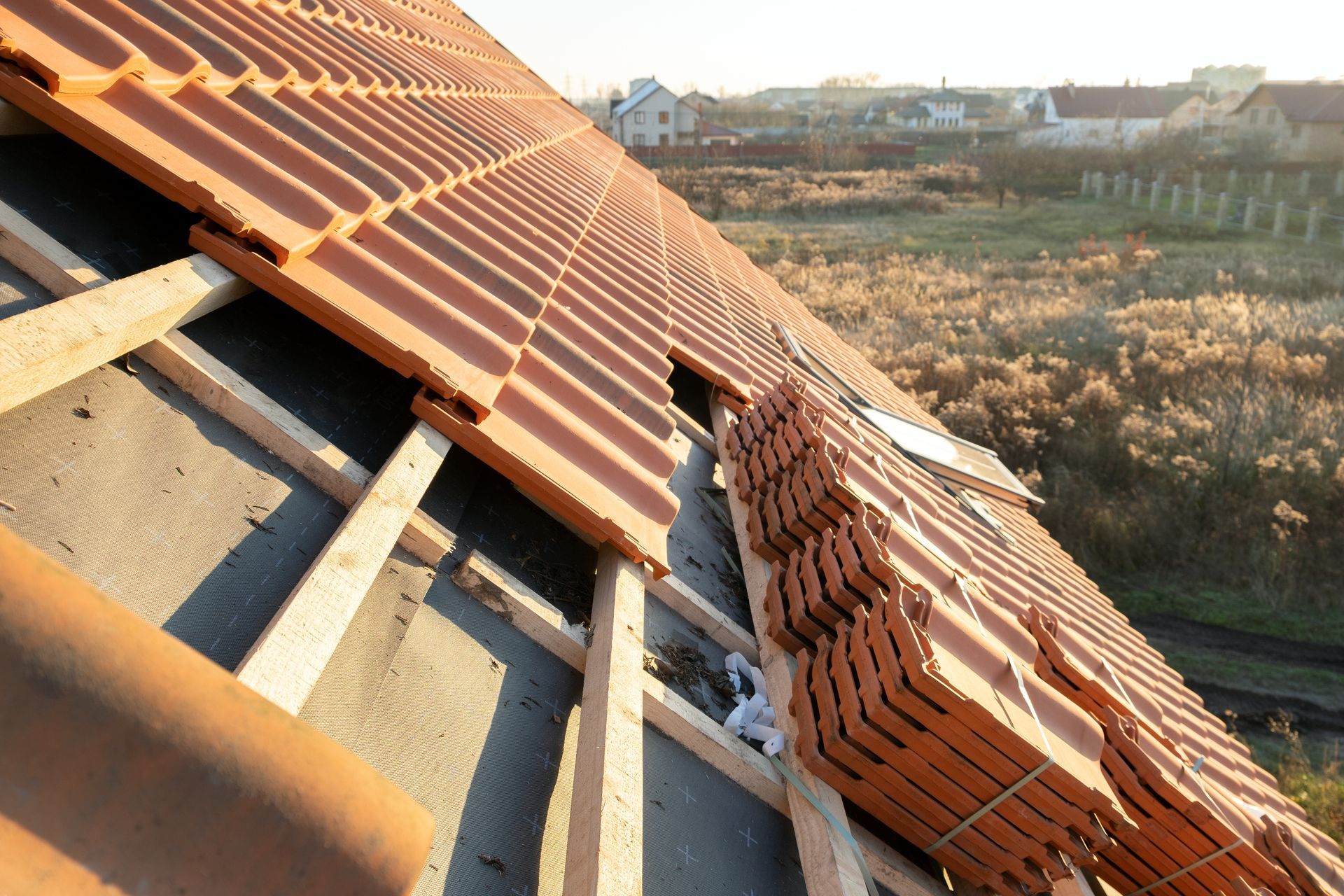What’s Included in a Roof Damage Inspection?

A roof inspection is a one to two-hour process that involves a roofing professional carefully examining your roof for signs of damage. How often you need a roof inspection is a legitimate topic for debate. Many roofers will swear annual inspections are the only way to prevent total roof failure, but many homeowners get away with scheduling only periodic inspections every two or three years and don’t experience catastrophic consequences.
However, it’s important to read your roof’s labor and material warranties to ensure you don’t void them by failing to keep up with the necessary inspection frequency. If your roof warranty does require annual inspections, you should set an annual calendar reminder and store the inspection reports somewhere accessible.
Regular inspections may also save you money in the long run. Easily repaired issues that can be caught through more frequent inspections are far more affordable to fix than big problems that go unaddressed for years, which could require a full or partial roof replacement.
Some signs it might be time for an inspection include:
- It’s been several years since your last inspection (or you can’t remember the last time you had your roof inspected)
- You notice a high quantity of shingle granules where downspouts are draining
- There are shiny portions of your roof visible from the ground
- You find shingles on or near your property or you can see missing shingles on your roof
- There appears to be curling or cracking of shingles on your home
One of the reasons roofers aggressively push annual inspections is to get an excuse to upsell customers on repairs, reroofing or premature roof replacement. We’re committed to giving you an honest assessment regarding the current state of your shingles and the integrity of your roof. We don’t mind telling customers that no action is required if their roof is in good shape.
Components of a Roof Damage Inspection
Structural Integrity
Some parts of a roof are more susceptible to certain types of damage or risks than others, or their role in protecting your home’s interior is so vital that any damage or degradation can have serious and costly consequences.
- Decking and Framing: Your roof’s framing – such as the rafters or trusses – and the underlying decking are susceptible to rot, water stains and sagging. This can cause the wood to bow or crack, detaching it from your home and creating gaps that can exacerbate water damage in your attic or crawl space.
- Support Beams and Columns: The support beams or columns in your crawl space that reinforce your roof can deteriorate over time due to rot or pest infestation, resulting in sagging or bowing that can compromise your roof’s support system.
- Valleys: Valleys are the V-shaped parts of your roof where two slopes meet, creating a channel. Valleys can be highly vulnerable to water seepage if there is debris preventing proper drainage. If problems do arise in valleys, these dips in your roof can bulge or sink deeper from excess water pressure, creating weak spots or leaks.
- Eaves: Your roof’s eaves are the edges of your roof that extend beyond your home’s walls. Whether it’s due to a broken shingle or a clogged gutter, your roof’s eaves are likely the first component of your roofing to experience water damage. Eaves may not initially seem integral to your roof’s durability, but damaged shingles or decking on eaves can cause worsening damage over time if left unaddressed.
- Chimney: Experienced roof inspectors know to pay special attention to your home’s chimney. A loose chimney cap, deteriorated flashing or cracks in the mortar joints is a quick route for water to leak into your home’s interior – not just the attic or crawl space, but oftentimes directly in the living room. Hiring a skilled professional who will thoroughly inspect your chimney will reduce the risk of damage due to chimney-related leaks.
Materials
Between asphalt shingles, clay tiles, metal panels and slate, each material has its own varying degrees of durability and longevity – not to mention the effect the quality of installation can have on their lifespans.
Although some materials last longer than others, even the longest-lived roofing will eventually deteriorate without proper inspection and the necessary maintenance. Aside from the primary, surface-level materials, there are also your roof’s gutters, fascia boards and soffits, which are crucial to ensure your home is draining rainfall properly and safeguarding your interiors from pests.
Interior Damage
Sometimes, your roof may not appear damaged on the outside, but evidence to the contrary is painfully clear in your home’s interior. If you see water staining on ceilings or walls in your home, or you see a leak or what you suspect is water damage on insulation or beams in your attic, you should call a roofer to schedule a roof damage inspection right away.
Our Local, Family and Veteran-Owned Roofing Company Has Been Maintaining Roofs in DFW for Over 50 Years
At Billy Harris Roofing, we’ve been working with the same crew of licensed and insured roofing contractors for over 30 years. They can inspect every inch of your roof with an unmatched attention to detail, provide honest assessments and work hard and fast to repair or replace damaged roofing seamlessly.
With a five-year workmanship warranty, homeowners can trust that our results are reliable, exceptional and long-lasting. Reach us at (817) 249-3338 to schedule a roof damage inspection today.

